This is not homework. I'm just trying to understand concepts and methods, and for that I'm using a generic Transfer Function for an Active Filter like \$\mathcal{H}(s) = \frac{1}{1+BAs + A^2s^2}\$.
How can I factor de denominator to the form \$(s-z_1)(s-z_2)\$ in order to find the poles of this "generic" transfer function? I can factor out pretty easy quadratic forms, but is there a way to be systematic technique over more complicated quadratic expressions like this generic one?
When factoring I'll find the complex-conjugate poles for this transfer function: but what are their actual meaning for the frequency response? As far as I understand it, the transfer function "explodes" - does that mean there is instability in the filter?
If the function was something like \$\mathcal{H}'(s) = \frac{(As)^2}{1+BAs + A^2s^2}\$ would the zero be at 0 frequency? Does it mean the filter is stable at zero frequency? (that would't make much sense to me)
What would be the Quality Factor in a generic-type transfer function like this one?

